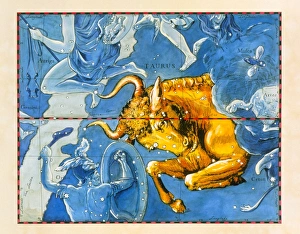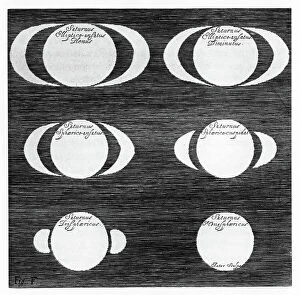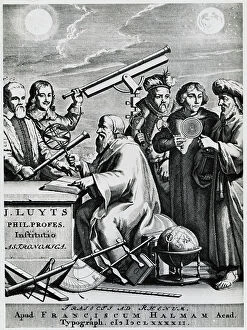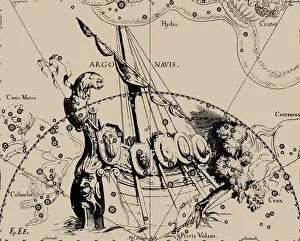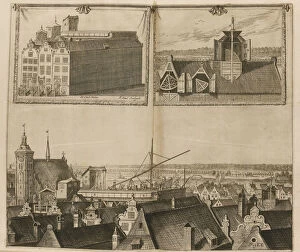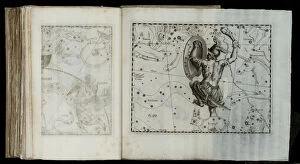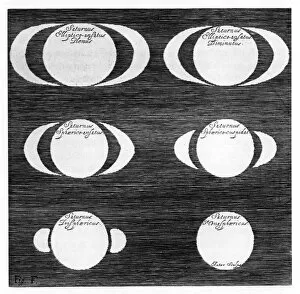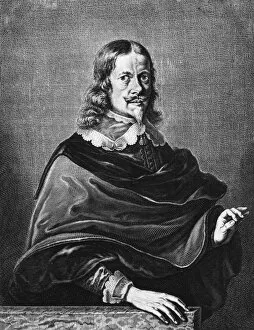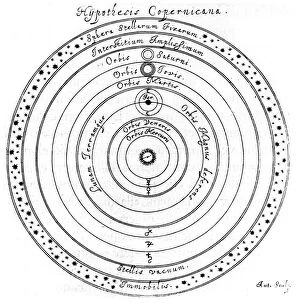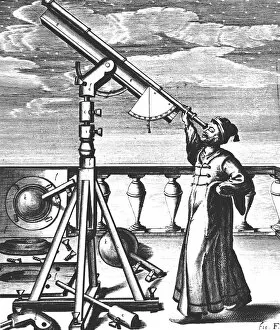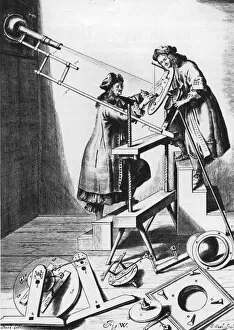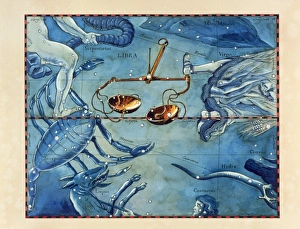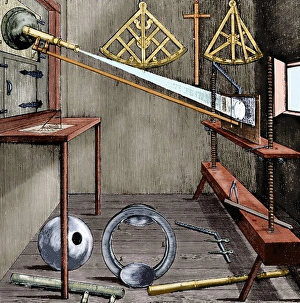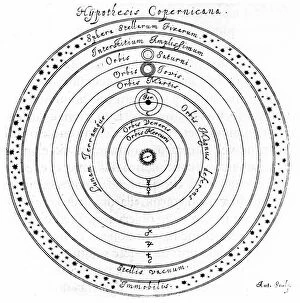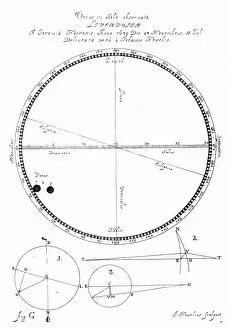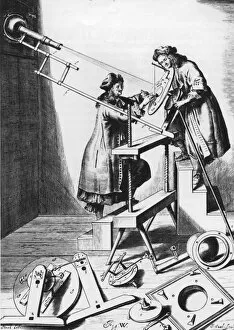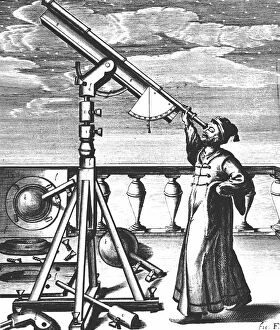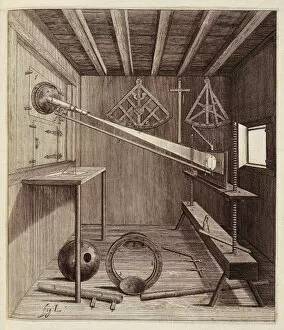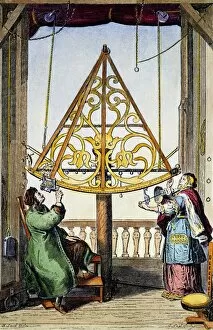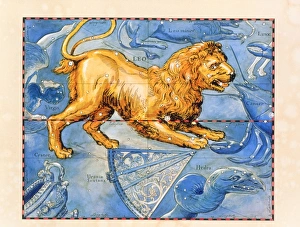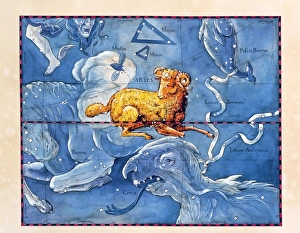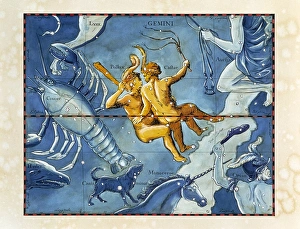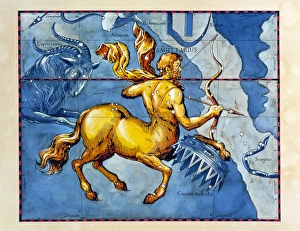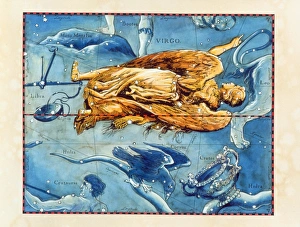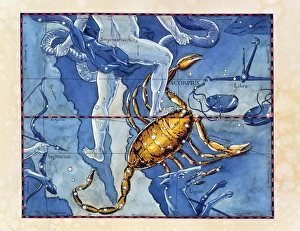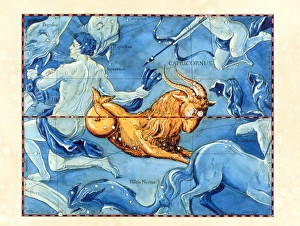Hevelius Collection
Hevelius (1611-1687) was a renowned astronomer and artist who made significant contributions to the field of astronomy during the 17th century
All Professionally Made to Order for Quick Shipping
Hevelius (1611-1687) was a renowned astronomer and artist who made significant contributions to the field of astronomy during the 17th century. His works, such as "Machinae coelestis pars prior" and "Selenographia, " showcased his meticulous observations and artistic skills. In his masterpiece, "Machinae coelestis pars prior" (1673), Hevelius presented detailed illustrations of celestial objects, including the constellation Argo Navis. This work demonstrated his expertise in mapping out the night sky and contributed to our understanding of the cosmos. Another notable publication by Hevelius was "Selenographia" (1647), which focused on lunar studies. Through this book, he provided intricate drawings of the moon's surface, showcasing its various features like craters and mountains. These accurate depictions were instrumental in advancing our knowledge of Earth's closest celestial neighbor. Furthermore, Hevelius delved into comets with his work titled "Cometographia" (1668). The frontispiece alone captured attention with its captivating artwork that depicted a comet streaking across the sky. This publication not only documented numerous comets but also explored their nature and behavior. Hevelius' dedication to astronomical research extended beyond publications; he also designed instruments for observation purposes. One such instrument was a telescope featured in "Selenographia" (1647). Its innovative design allowed for enhanced lunar observations, aiding astronomers in unraveling more mysteries about our moon. Additionally, Hevelius collaborated with other scientists on projects like Crugers azimuth quadrant from 1673. This device facilitated precise measurements of angles during astronomical observations, further improving accuracy in data collection. His passion for astronomy led him to create comprehensive tables detailing constellations visible from the Northern Hemisphere called "Firmamentum Sobiescianumsive Uranographia.

